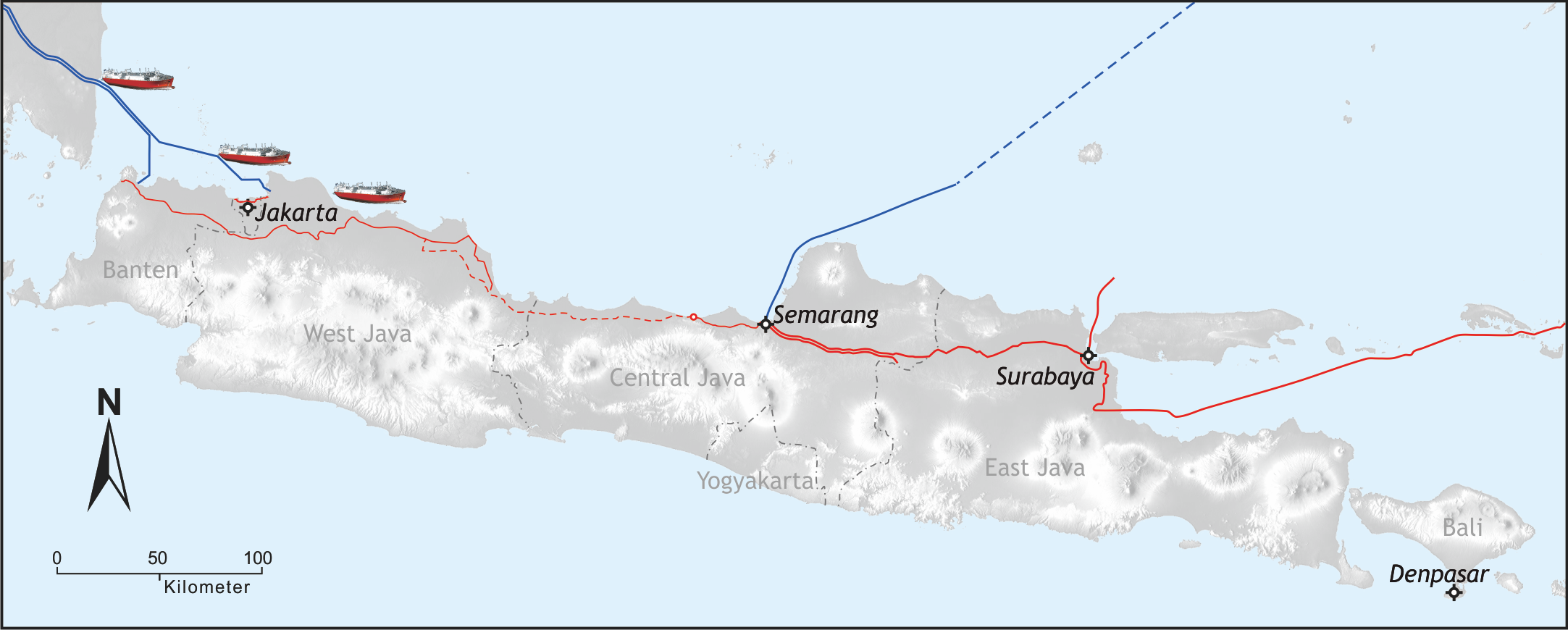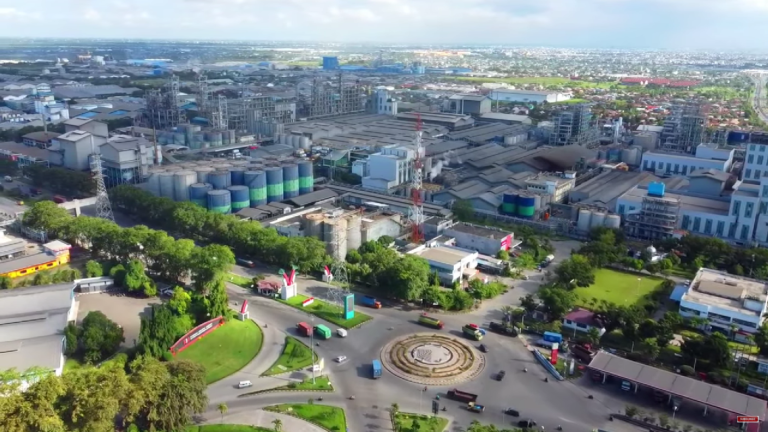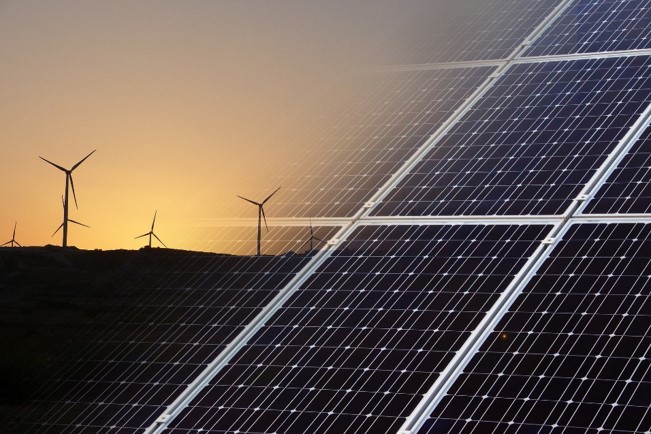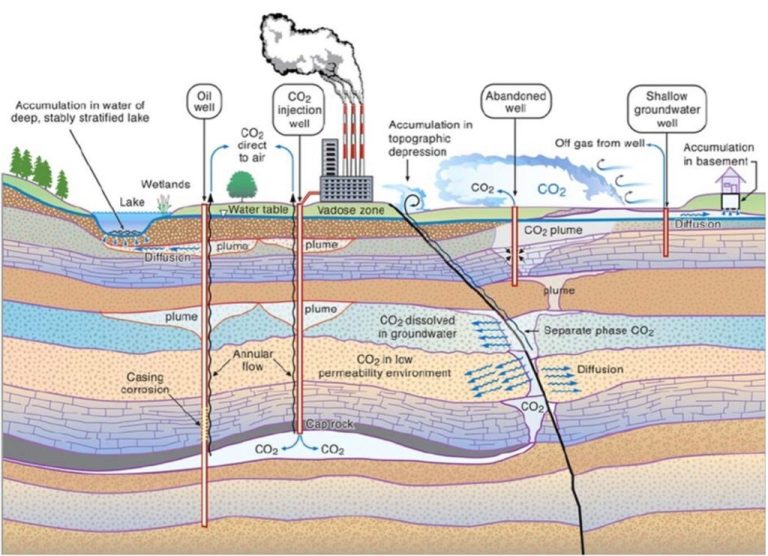The Vital Role of Energy and The Promise of Natural Gas
In an era defined by rapid industrialization and expanding economies, the importance of energy in our society cannot be overstated. It serves as the lifeblood of our modern world, driving progress, improving living standards, and fueling innovation. As global populations continue to grow, and industries become increasingly energy-intensive, the demand for reliable, efficient, and sustainable energy sources becomes ever more pressing.
Amid this demand, natural gas emerges as a prominent candidate poised to fulfill our energy needs. Natural gas offers a range of advantages that position it at the forefront of the energy landscape. Indonesia’s gas infrastructure has historically played a crucial role in the country’s energy sector and economy. Indonesia has ambitious plans for expanding its gas infrastructure to meet growing energy demand, improve energy access, and support economic development.
Current State of Gas Infrastructure in Indonesia
Assuming that without new reserves are found, it is estimated that crude oil total reserves of only 3.15 billion barrels and will be exhausted in about 11 years. Meanwhile, natural gas has proven reserves of 96.06 TSCF and estimated will run out in about 32 years.
Until now, the natural gas infrastructure, whose largest share is pipelines. This infrastructure is in the form of natural gas transmission and distribution pipelines, which are mostly located in Java and Sumatra. The infrastructure serves all customer segments from power generation, industrial, commercial, household, and transportation sectors.
Accelerating the development of natural gas infrastructure is vital to ensuring fair and widespread distribution of gas resources across the region. Indonesia faces unique challenges due to its archipelagic geography. Many natural gas reserves are situated far from end-users. Prominent reserves like Tangguh in Papua, Jangkrik in Kalimantan, Masela in the Timor Sea, and Natuna D-Alfa are distant from consumers, therefore the infrastructure must be prepared. Unlike crude oil, natural gas is not easily stored and needs a well-established infrastructure and long-term contracts to provide business certainty for both producers and consumers.
Java Integrated Gas Infrastructure
Java holds the distinction of being the most densely populated island in the country, resulting in a concentrated demand for gas primarily within Java. However, the surge in demand, coupled with limited reserve supply, Western Java experiences potential gas shortage in the near future. In contrast, Eastern Java boasts substantial reserve potential, but the demand there is comparatively lower than in Western Java.
In the upcoming years, we will see the whole Java from East (Surabaya) – West (Cilegon) connected by transmission gas pipeline across the island, cover the northern of the island. The pivotal infrastructure for this achievement will be the Cirebon – Semarang (Cisem) pipeline, with construction anticipated to be completed by 2025-2026, as per the Ministry of Energy and Mineral Resources’ press release.

Figure 1. Major Gas Infrastructure in Java
The Cisem pipeline is expected to increase the accessibility of natural gas, most of which comes from gas fields in East Java, to reach Central Java even to West Java to meet the needs of the growing industry. In the most scenario, other advantages of this situation are excess gas from Eastern Java will be carried through this pipeline to fulfil the short supply in Western Java area alongside with additional supply from Sumatera.
Integrated of Eastern part and Western part of Java Island should be beneficial for our country, not only the domestic demand will growth but also to maximize the potential of abundant gas reserves in Eastern parts of Java. This will drive new industries area to be established and help to secure energy security.
Cisem pipeline will become important infrastructure to connect the whole Java gas ecosystem. This affects the gas movement in Java Island and hopefully can be impactful to the balance of supply-demand in Java.
In addition, the future development of gas infrastructure will lead into the integration between Sumatra and Java Island. Government already planned to expand the transmission pipeline from Dumai to Sei Mangke as well as development to bring gas from Natuna to Java through Pemping Island, Batam.
References
PetroRaya, 2023. Gas Supply Reliability and Competition in Java Study.
Sugiyono, A. and Adiarso. 2021. Development of Natural Gas Infrastructure to Enhance National Energy Security in Indonesia. IOP Conf. Ser.: Mater. Sci. Eng. 1053 012099.




